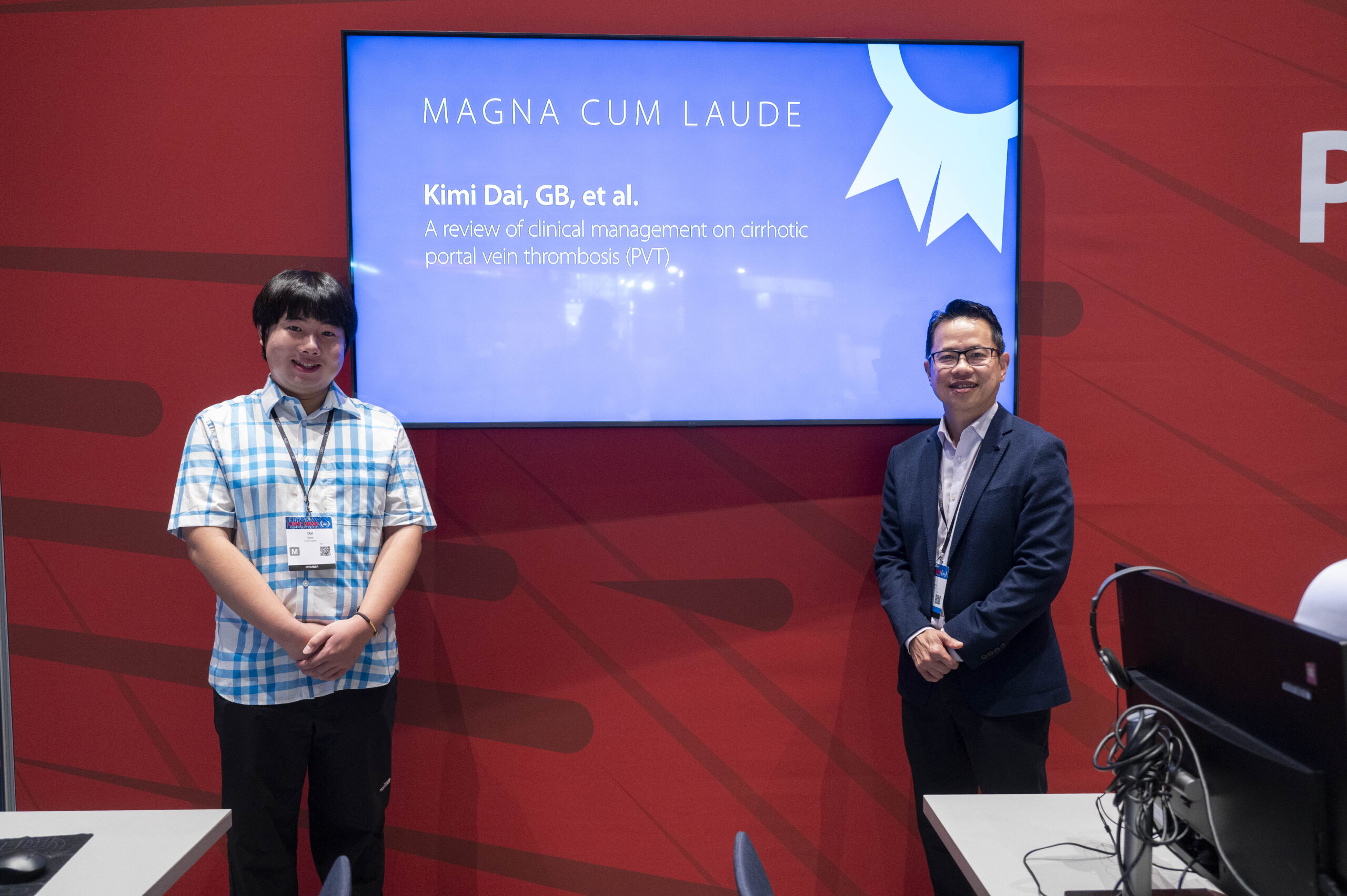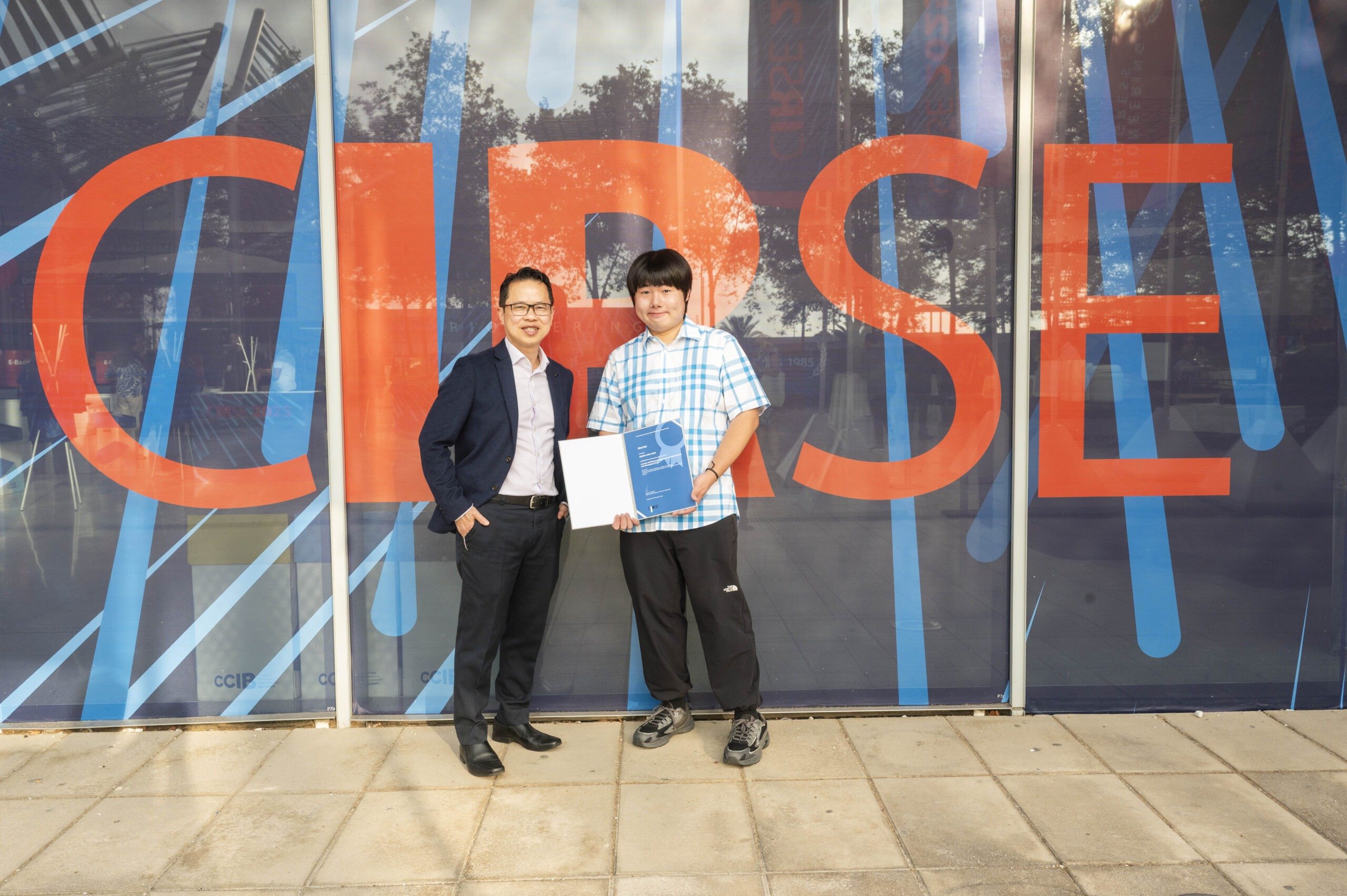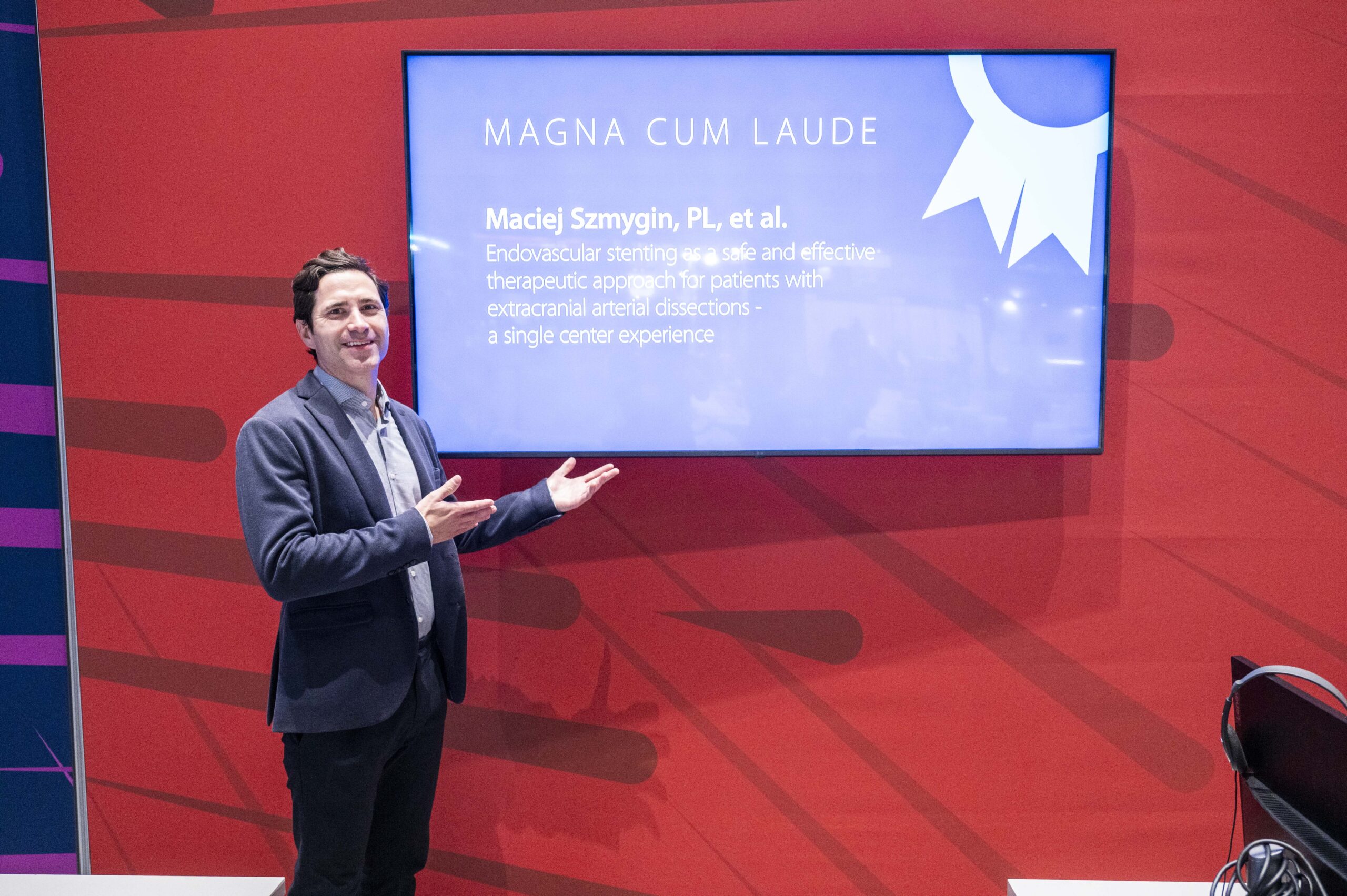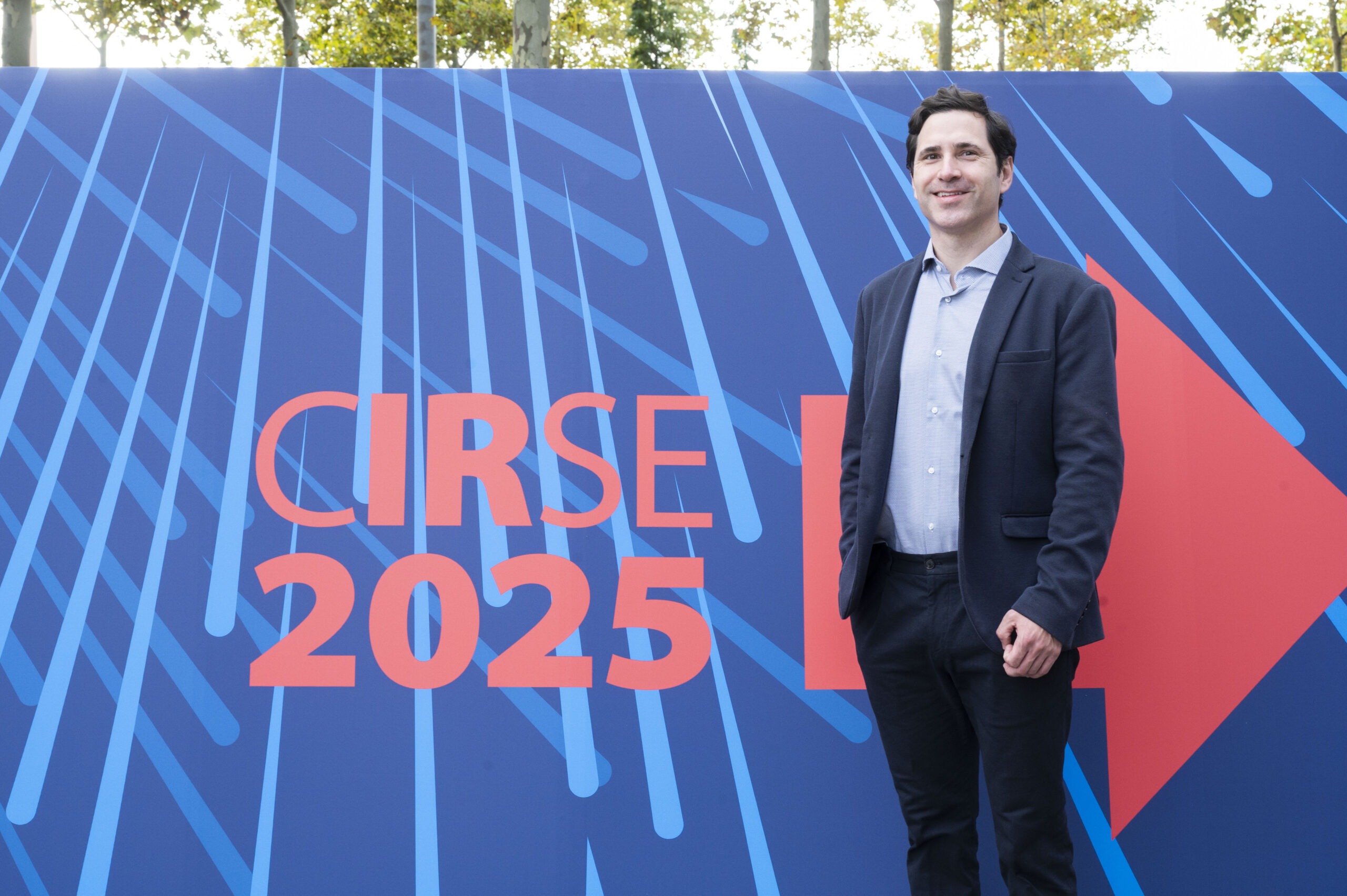Dr. Szmygin, your research topic was on extracranial artery dissection (EAD) – a rare occurrence in the general population. What led you to study endovascular stenting in patients with EAD?
Szmygin: Although dissection of the extracranial segments of arteries is relatively rare overall, it is not an uncommon cause of cerebral ischemia in the younger population. In our daily clinical practice, we often encounter otherwise healthy patients in their 40s and 50s who experience EAD during physical activity or even minor trauma. Suddenly, these individuals develop neurological deficits and face uncertainty about their prognosis. Fortunately, in the majority of cases, medical management is sufficient and leads to complete recovery. However, up to 20% of patients do not respond adequately to conservative treatment and show disease progression. In such cases, our experience with endovascular stenting has been very promising, helping patients regain their previous level of activity and quality of life. During our research on this topic, we found that there is no clear consensus on the indications for stenting in EAD. This lack of standardization remains a subject of ongoing debate and has motivated us to further explore this area and present our findings in the current study.
You’re a specialist in interventional neuroradiology working at the Medical University of Lublin in Poland. How many EAD cases have you encountered during your time there?
Szmygin: As previously mentioned, EAD is a relatively rare condition, and only a limited number of patients require endovascular intervention each year. Over the course of my career in our Interventional Radiology Department, I have personally encountered approximately 30 such cases.
Your research conclusions noted the importance of multidisciplinary cooperation for optimal patient care. How is your IR department cooperating with other departments at your hospital?
Szmygin: Our department has a history spanning over 50 years and, during this time, it has developed strong collaborative relationships with nearly every department in our hospital. We have established particularly effective cooperation with the neurosurgery and neurology departments, regularly performing neurointerventions, including mechanical thrombectomies. Of course, there are still areas where collaboration can be strengthened. Surgery, endocrinology, and orthopedics are examples of departments where we see potential for deeper integration and cooperation. I believe that multidisciplinary events such as CIRSE and ECIO offer valuable opportunities to introduce specialists from other fields to the capabilities and benefits of interventional radiology.
Why did you decide to present your findings at CIRSE 2025?
Szmygin: I was fortunate to attend my first CIRSE congress in Barcelona in 2019, and it had a significant impact on the early stages of my scientific and clinical career. Since then, I have made it a priority to attend and actively participate in every congress, as I believe CIRSE provides the best platform for sharing experiences, learning from peers, and advancing the field of interventional radiology. For this reason, I did not consider any other congress for presenting my findings on EAD.




